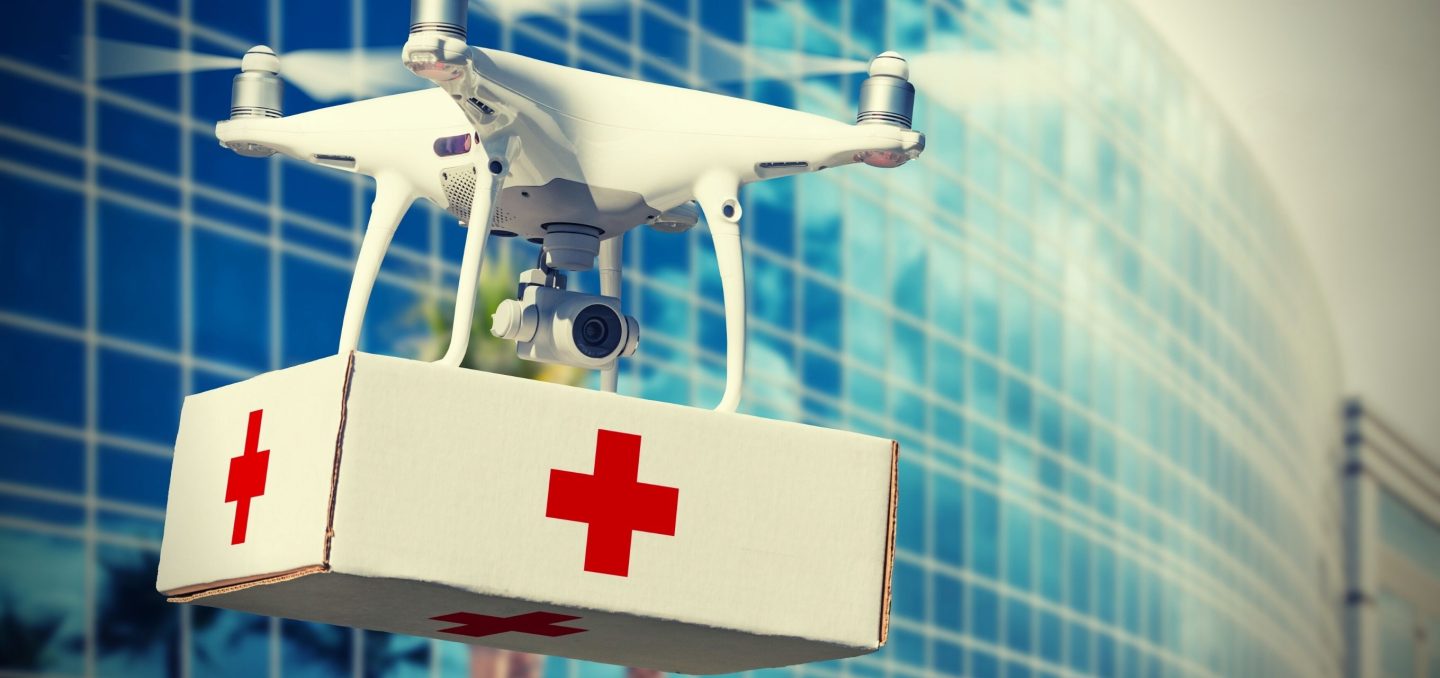Revolutionizing Emergency Response: AED Delivery by Drones
In December’s edition of The Lancet Digital Health, Sofia Schierbeck and her team unveil a groundbreaking study on the incorporating drones equipped with automated external defibrillators (AEDs) into the chain of survival for individuals experiencing out-of-hospital cardiac arrests.
Swift Cardiac Intervention with Drone Technology
Swift bystander cardiopulmonary resuscitation (CPR) and defibrillation are critical for addressing out-of-hospital cardiac arrests. With each passing minute, the odds of survival significantly decrease. Unfortunately, AEDs are often inaccessible, especially in residential areas where most incidents occur. Additionally, bystander unfamiliarity with AEDs hampers the widespread implementation of public-access defibrillation, resulting in delays and adverse outcomes. Drone technology emerges as a transformative solution, not only mitigating the AED shortage but potentially offering a cost-effective alternative.
Despite previous simulation studies demonstrating a high potential for aerial AED delivery, it was the first successful real-world deployment that garnered international attention and galvanized further research.
Proof-of-Concept: Drones Enhance Out-of-Hospital Cardiac Care
Schierbeck and team’s proof-of-concept study marks a significant leap from experimental trials to practical clinical application, addressing a gap in existing research. Drones were deployed 72 times in response to 211 suspected cardiac arrest alerts, yielding a median time-saving of 3 minutes and 14 seconds compared to the typical arrival of ambulances. Notably, two patients were successfully defibrillated before ambulance arrival, with one surviving 30 days post-event. The study affirms the safety and accuracy of AED delivery, underscoring the potential of drone technology. However, operational constraints such as air traffic control hours, weather limitations, and data gaps pose challenges.
Challenges and Future Prospects: Integrating Drones into Emergency Response
In spite of these hurdles, Schierbeck’s team validates the feasibility of airborne AED delivery under real-life conditions, emphasizing the need for further refinement and integration into broader emergency response frameworks. Beyond medical emergencies, AED-drones offer potential support to agencies like the fire service and police, enhancing situational analysis in large-scale emergencies.
However, integrating drones into emergency control centers requires more than technological upgrades; it demands comprehensive operational adaptation. Addressing challenges like potential malfunctions necessitates rigorous training for control center personnel. Speed, coupled with reliability, safety protocols, and airspace management, is crucial for effective deployment.
Envisioning Drones as Key Components in Emergency Response
Looking ahead, including drones as integral components of a holistic emergency response network is essential. Coordinating with AED registries and citizen-first responder systems exemplifies this. While technology plays a vital role, the human factor remains pivotal in navigating the interaction between CPR administrators and incoming AED drones.
Schierbeck and her team’s study is a pioneering exploration of leveraging drones to deliver AEDs in medical emergencies. It underscores the drones’ versatile features when incorporating them into current emergency systems.
Achieving this integration requires technological advancements, regulatory refinements, enhanced communication, tailored training, and collaborative efforts across agencies. Striking the right balance between innovation and integration positions drones as potential game-changers in cardiac arrest care. The authors declare no competing interests.



